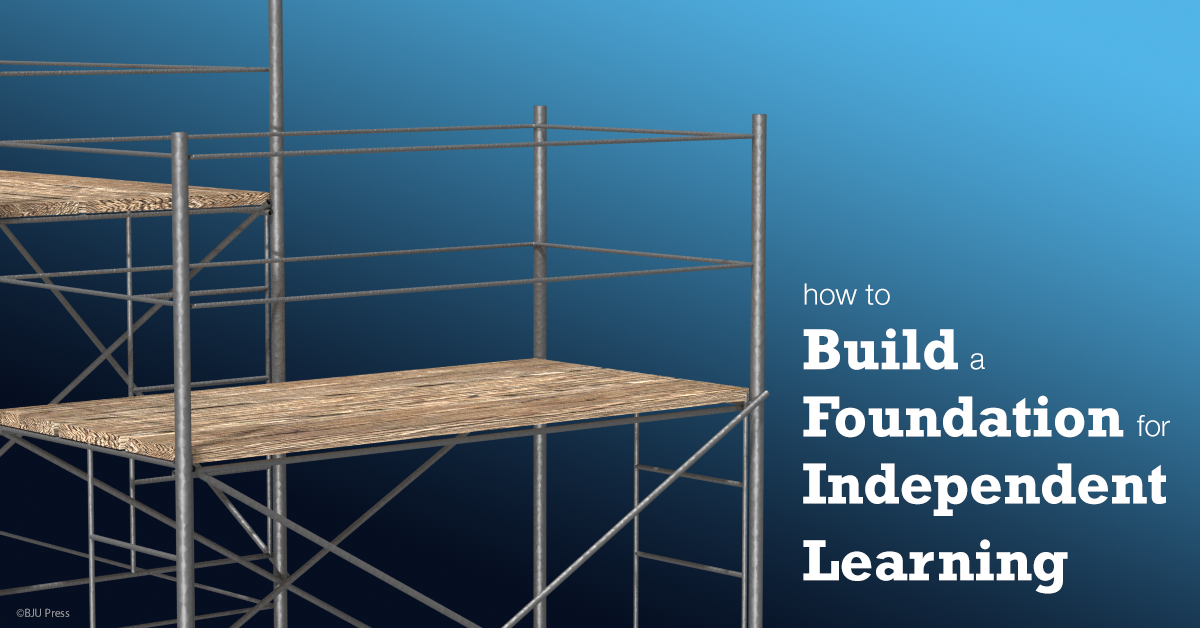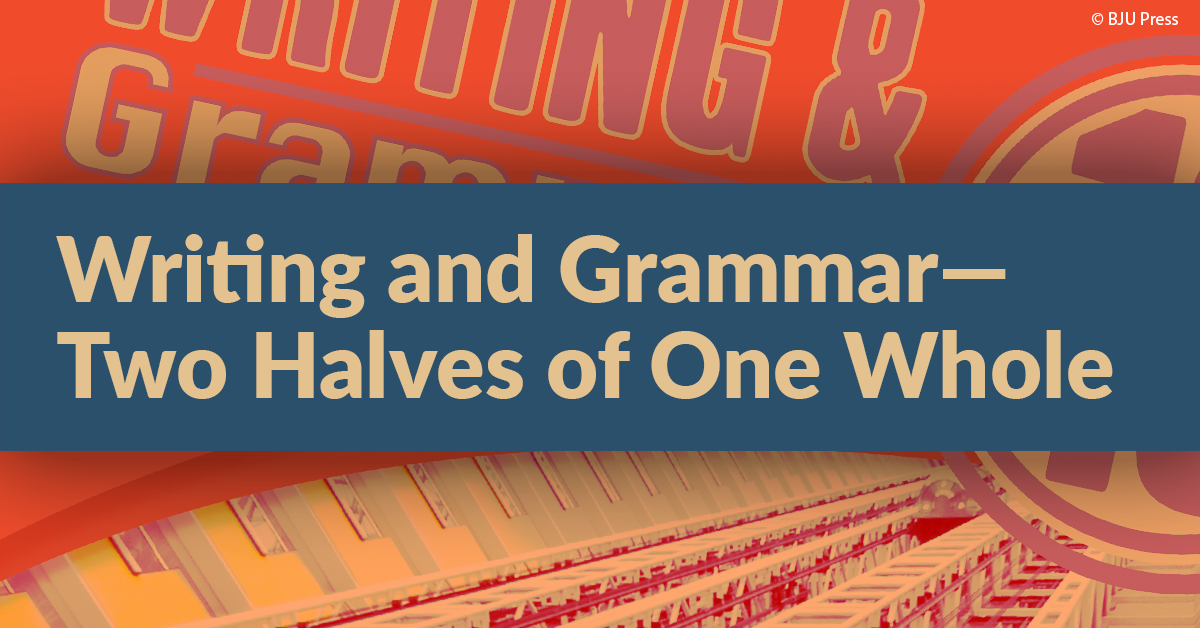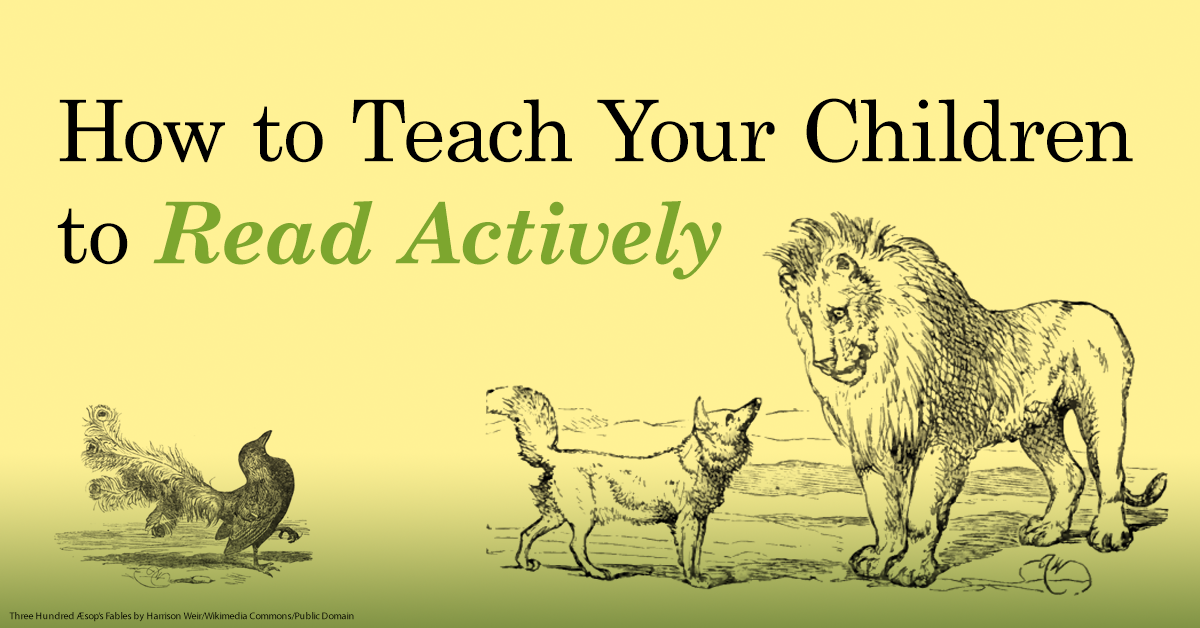This season is a time for many things. It’s a time for colored lights, sparkling trees, warm drinks, favorite songs, and—hopefully—gently falling snow.
But most importantly, this is the season to rejoice over the greatest blessing of all: Jesus Christ came to live among us. And through His sacrifice we have comfort and joy. Enjoy this Christmas ecard from all of us at BJU Press! (Download the image for your devices.)
Image by Toa Heftiba




